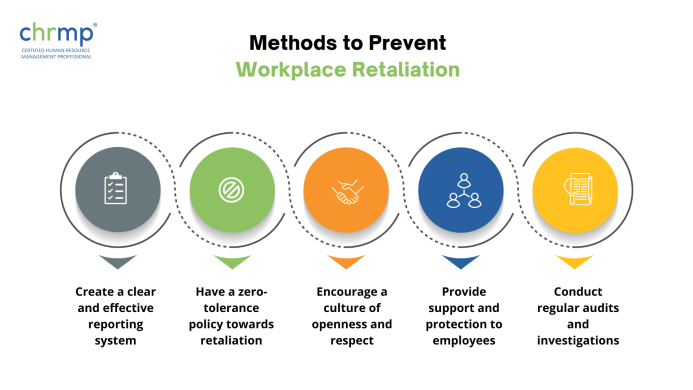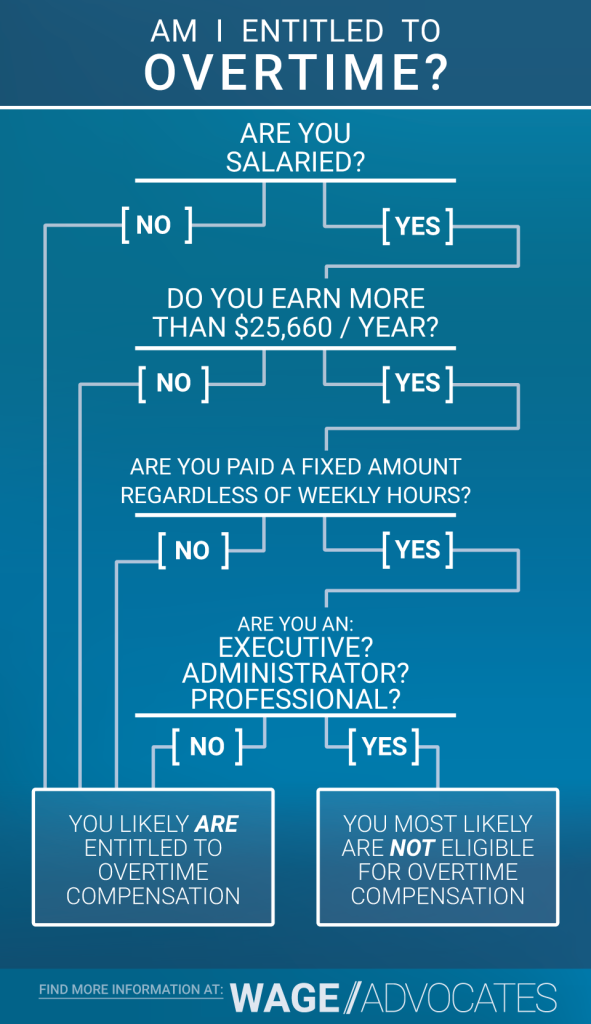
Building a Strong Interview Panel: Your Blueprint for Exceptional Hires
Hiring is one of the most critical functions in any organization. A bad hire can cost a company significant time, money, and morale, while a great hire can propel it forward. But who makes those crucial hiring decisions? Often, it’s a team of people – your interview panel.
A strong interview panel isn’t just a collection of individuals; it’s a cohesive, well-prepared unit designed to identify the best talent while providing an excellent candidate experience. For beginners in HR or management, understanding how to build and empower such a panel is fundamental. This comprehensive guide will walk you through the essential steps, from selecting the right people to ensuring they’re equipped to make informed, unbiased decisions.
Why a Strong Interview Panel Matters More Than You Think
Before we dive into the "how," let’s understand the "why." Investing in a robust interview panel offers numerous benefits:
- Better Hiring Decisions: More eyes, diverse perspectives, and structured processes lead to a deeper understanding of a candidate’s fit, skills, and potential. This significantly reduces the risk of costly mis-hires.
- Reduced Bias: A well-trained panel with clear guidelines helps mitigate unconscious biases (like affinity bias or halo effect), ensuring decisions are based on merit and job requirements, not personal preferences.
- Enhanced Candidate Experience: A professional, organized, and respectful interview process leaves a positive impression, regardless of the outcome. This strengthens your employer brand and makes top talent more likely to accept an offer or recommend your company.
- Consistency and Fairness: A strong panel follows consistent evaluation criteria, ensuring all candidates are assessed fairly against the same standards.
- Improved Employee Retention: When you hire the right people who fit your culture and have the necessary skills, they’re more likely to be engaged and stay longer.
- Diverse Workforce: By consciously building diverse panels and training them on bias, you naturally increase your chances of hiring a more diverse workforce, which brings innovation and broader perspectives.
Pillar 1: Selecting the Right Panelists – Who Should Be on Your Team?
The first step to a strong interview panel is choosing the right people. It’s not just about who’s available; it’s about who brings the right mix of skills, perspectives, and commitment.
Key Considerations for Panelist Selection:
- Direct Manager/Team Lead: Absolutely essential. They understand the day-to-day requirements of the role and the team dynamics.
- Team Members: Include one or two potential peers. They can assess cultural fit, collaboration style, and how the candidate might integrate with the existing team.
- Cross-Functional Representatives: If the role interacts heavily with other departments (e.g., Marketing working with Sales, Engineering with Product), include someone from a relevant cross-functional team. They offer a perspective on how the candidate’s skills will impact their work.
- HR Representative/Recruiter: Crucial for managing the process, ensuring compliance, assessing cultural fit from a broader company perspective, and handling compensation discussions.
- Diversity of Thought & Background:
- Role/Departmental Diversity: As mentioned above, different departments bring different lenses.
- Tenure Diversity: Mix experienced employees with newer ones. New hires can sometimes offer fresh perspectives on what makes someone successful in the current environment.
- Demographic Diversity: Actively seek a panel that reflects diverse genders, ethnicities, ages, and backgrounds. This is critical for reducing bias and appealing to a wider range of candidates.
- Strong Interviewers: Choose individuals who are:
- Good Listeners: They can truly hear what the candidate is saying, not just waiting for their turn to speak.
- Objective: They can separate personal feelings from professional assessment.
- Empathetic: They can make the candidate feel comfortable and valued.
- Knowledgeable: They understand the role and the company’s values.
- Committed: They understand the importance of the hiring process and will dedicate the necessary time.
Who to Avoid (or Train Heavily):
- Disinterested or Unprepared Individuals: Someone just "checking a box" will derail the process.
- Dominating Personalities: Interviewers who talk too much or don’t allow the candidate to fully express themselves.
- Biased Individuals: While everyone has biases, those unwilling to acknowledge or work on them can negatively impact fair assessment.
Pillar 2: Preparation is Paramount – Equipping Your Panel for Success
Once your panel is selected, thorough preparation is the next critical step. You wouldn’t send a team into a game without a strategy, and interviewing is no different.
Essential Preparation Steps:
-
Define Roles and Responsibilities:
- Who interviews what? Don’t let everyone ask about everything. Assign specific areas of focus (e.g., one person focuses on technical skills, another on cultural fit, another on problem-solving, etc.).
- Who leads the debrief? Usually the hiring manager.
- Who handles logistics? Typically HR/Recruiter.
-
Thorough Job Description (JD) Review:
- Ensure every panelist understands the core responsibilities, required skills (must-haves vs. nice-to-haves), and key performance indicators (KPIs) of the role.
- Discuss how the role fits into the larger team and company goals.
-
Candidate Resume and Application Review:
- All panelists should review the candidate’s application materials before the interview. This prevents repetitive questions and allows for more in-depth exploration of relevant experiences.
-
Develop Structured Interview Questions:
- Why Structured? This is crucial for fairness and consistency. Everyone asks similar questions related to the job requirements, allowing for direct comparison between candidates.
- Types of Questions:
- Behavioral Questions: "Tell me about a time when you…" (e.g., "…faced a difficult challenge and how you overcame it.") These reveal past behavior as a predictor of future performance.
- Situational Questions: "What would you do if…" (e.g., "…a project deadline was suddenly moved up?") These assess problem-solving and critical thinking.
- Technical/Skills-Based Questions: Directly test specific knowledge or abilities required for the role.
- Avoid: Leading questions, hypothetical questions unrelated to the job, illegal questions (e.g., about age, marital status, religion).
-
Establish Evaluation Criteria and Scorecards:
- What are you looking for? Define clear, objective criteria based on the JD (e.g., Communication Skills, Problem-Solving, Technical Proficiency, Teamwork, Adaptability).
- Create a Scorecard: Provide a standardized form for each panelist to take notes and rate candidates against the defined criteria. This ensures consistent feedback and makes the post-interview debrief much more efficient and objective.
- Rating Scale: Use a clear scale (e.g., 1-5, or "Strong No," "No," "Neutral," "Yes," "Strong Yes") with definitions for each level.
-
Bias Awareness Training:
- Mandatory for all interviewers. Educate the panel on common unconscious biases (e.g., confirmation bias, first impression bias, halo/horn effect, affinity bias).
- Provide strategies to mitigate these biases during the interview and debrief process.
-
Logistics and Candidate Experience Briefing:
- Review the interview schedule, breaks, and how to transition candidates between interviewers.
- Emphasize making the candidate feel welcome, comfortable, and informed about the process.
- Remind panelists to "sell" the company and answer candidate questions genuinely.
Pillar 3: Executing the Interview – A Seamless Candidate Experience
With preparation complete, the panel is ready to meet candidates. This phase focuses on professionalism, active listening, and consistency.
Best Practices During the Interview:
- Warm Welcome and Introduction: Start with a friendly greeting. Introduce yourself, your role, and briefly explain what your part of the interview will cover.
- Set the Agenda: Briefly outline the interview structure (e.g., "We’ll spend about 30 minutes discussing your experience, then leave 10-15 minutes for your questions.").
- Active Listening and Note-Taking:
- Listen more than you talk. Allow the candidate to speak fully without interruption.
- Take objective notes. Focus on facts, specific examples, and direct quotes rather than subjective impressions. These notes are crucial for the debrief.
- Stick to the Plan (Mostly): Use your structured questions as a guide, but be flexible enough to follow up on interesting points or ask clarifying questions.
- Avoid Leading Questions: Don’t phrase questions in a way that suggests the answer you’re looking for (e.g., "You’re a team player, right?").
- Be Mindful of Time: Keep track of the clock to ensure all planned topics are covered and the candidate has time for questions.
- Allow for Candidate Questions: Always dedicate ample time for the candidate to ask questions. This shows respect and allows them to assess if the company is a good fit for them.
- "Sell" the Company: Be prepared to talk about your company culture, values, projects, and why you enjoy working there. Enthusiasm is contagious.
- Professional Closing: Thank the candidate for their time and briefly explain the next steps in the hiring process.
Pillar 4: The Post-Interview Debrief – Making Informed Decisions
The interview isn’t over when the candidate leaves. The debrief session is where the panel comes together to synthesize information and make a collective decision.
Steps for an Effective Debrief:
- Immediate Debrief (If Possible): The sooner the debrief, the fresher the memories and notes. Aim for within 24 hours.
- Structured Feedback Sharing:
- Go around the "room" (or virtual meeting). Each panelist shares their feedback using the standardized scorecard.
- Start with the objective ratings against each criterion, then elaborate with specific examples from their notes.
- Encourage panelists to articulate why they gave a particular score.
- Focus on Evidence, Not Emotion:
- Panelists should back up their assessments with concrete examples from the interview. Avoid vague statements like "I just didn’t get a good feeling" or "They seemed smart." Instead, use "They provided a clear example of X, demonstrating Y skill."
- Challenge assumptions and biases respectfully.
- Discuss Strengths and Weaknesses:
- Identify common themes regarding the candidate’s strengths and areas for development.
- Discuss potential red flags and how they might impact success in the role.
- Address Discrepancies:
- If there’s a significant difference in opinion, encourage healthy debate.
- Go back to the job description and evaluation criteria. Was someone assessing against a different standard?
- It’s okay to have differing views, but the goal is to understand the basis for those views.
- Reach a Consensus (or Clear Decision):
- The hiring manager usually facilitates reaching a decision (e.g., "move to next round," "offer," "reject").
- If consensus isn’t possible, the hiring manager makes the final call, but all feedback should be considered.
- Document the Decision:
- Record the final decision and the key reasons for it (both positive and negative). This is crucial for compliance and future reference.
Pillar 5: Continuous Improvement – Refining Your Panel Over Time
Building a strong interview panel isn’t a one-time task; it’s an ongoing process of learning and refinement.
Strategies for Ongoing Improvement:
- Regular Interviewer Training Refreshers: Periodically retrain panelists on best practices, bias awareness, and new interview techniques.
- Feedback for Interviewers: Provide constructive feedback to your panelists on their interviewing skills. Did they talk too much? Were their notes sufficient? Did they stick to their assigned areas?
- Review Panel Effectiveness:
- Track key metrics: time-to-hire, quality of hire (post-hire performance, retention rates), candidate feedback surveys.
- Are the people hired by this panel performing well? Are they staying with the company?
- Update Interview Guides and Scorecards: Based on feedback and evolving job requirements, regularly review and update your interview questions and evaluation criteria.
- Share Success Stories and Learnings: Celebrate successful hires and analyze what went well. Discuss challenging hires or mistakes to learn from them.
- Rotate Panel Members (Occasionally): While consistency is good, occasionally introducing new, trained interviewers can bring fresh perspectives and prevent stagnation.
Conclusion: Your Investment in People Starts with Your Panel
Building a strong interview panel is an investment – an investment in your people, your culture, and your company’s future success. It requires careful planning, dedicated training, and a commitment to fairness and objectivity.
By selecting diverse and capable individuals, preparing them meticulously, guiding them through a structured interview process, facilitating insightful debriefs, and continuously refining their skills, you’ll not only make better hiring decisions but also cultivate an outstanding candidate experience that reflects positively on your entire organization. Start building your strong panel today, and watch your talent acquisition efforts transform.




Post Comment